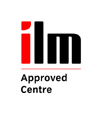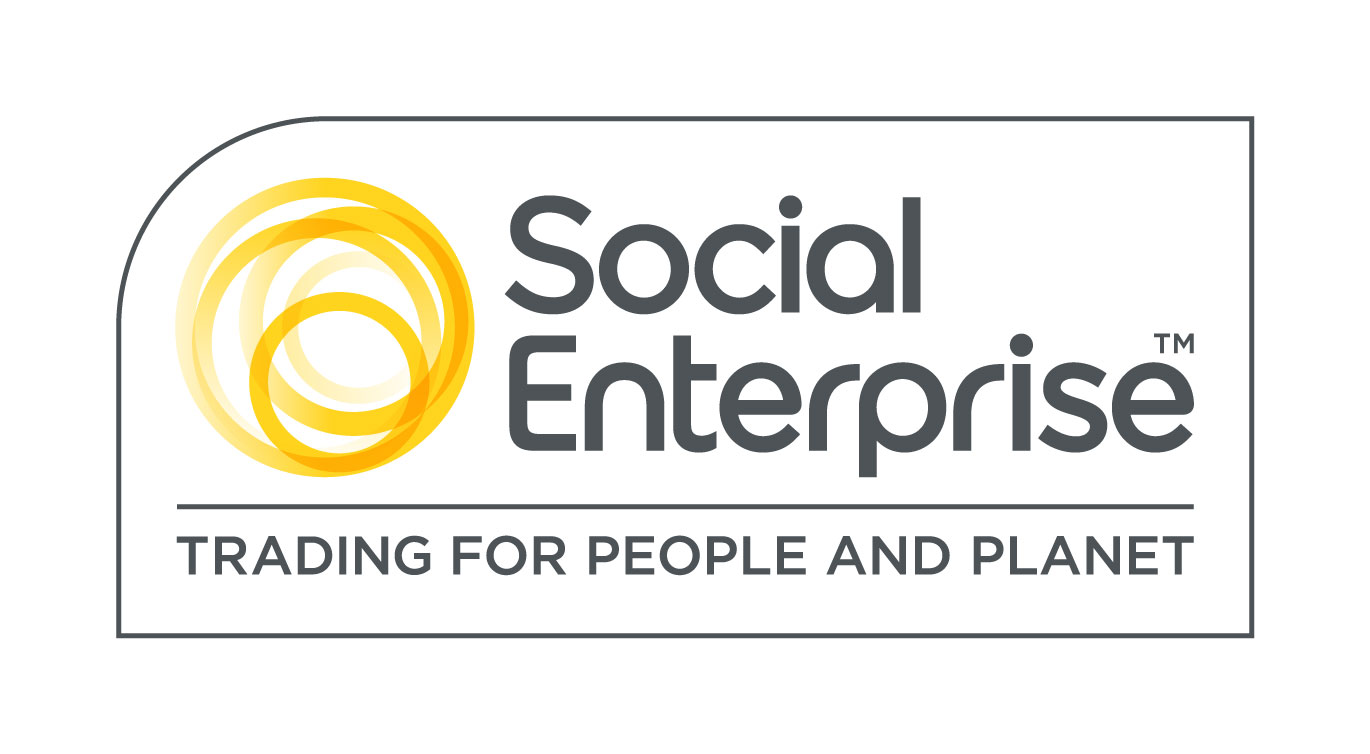Capital Allowances
When you purchase fixed assets, such as equipment, you cannot claim them as a tax deduction in your accounts because they are a capital expense.
Instead, you can claim the Inland Revenue’s own form of depreciation on these assets, called capital allowances. This means you can deduct a proportion of these costs from your taxable profits and reduce your tax bill.
Capital allowances are available on plant and machinery, buildings - including converting space above commercial premises to flats for renting - and research and development.
The amount of the allowance depends on what you are claiming for at the time. In some cases, the rates are different in the year you make the purchase and subsequent years.
Plant and Machinery
You can claim capital allowances on:
• The cost of vans and cars, machines, scaffolding, ladders, tools, equipment, furniture, computers and similar items you use in your business.
• Items you used privately before using them in your business.
You cannot claim for things you buy or sell as your trade, these are claimed as business expenses. If you buy on hire purchase, you can claim a capital allowance on the original cost of the item but the interest and other charges count as business expenses.
If you are buying equipment, 25 per cent is the standard allowance for businesses each year on a reducing balance basis. Smaller businesses can generally claim 40 per cent of the expenditure in the first year and 25 per cent of the balance in subsequent years.
Buildings
You can claim capital allowances on the cost of:
• Constructing industrial buildings, agricultural buildings, commercial buildings in enterprise zones, and certain types of hotel.
• Buying or constructing a building to use for a qualifying trade such as manufacturing or processing.
• Renovating or converting space above shops and other commercial premises to provide flats for rent - for example, money spent on building dividing walls or fitting a new kitchen.
You cannot claim capital allowances on the cost of:
• Houses, showrooms, offices and shops.
• The land itself, such as buying the freehold of a property or acquiring a lease.
• Extensions, unless it provides access to qualifying flats.
• Developing adjacent land.
• Furnishing qualifying flats.
The allowance for buying industrial buildings is 4 per cent each year on a straight line basis. You can claim 25 per cent on the cost of converting commercial property into flats, although 100 per cent allowances are available for converting space above most shops.
Research and Development
You can claim capital allowances on certain types of research and development. As a general rule, an activity qualifies as research and development if:
• It involves innovation and creativity in science and technology
• The research is relevant to your business
• You are classed as a trader and not working in a profession or vocation
Small and medium-sized companies can claim enhanced relief of 100 per cent on research and development. This means you can deduct £100 from your profit and loss account for every £100 you spend on qualifying research.
Working Out Your Capital Allowances
When you claim a first-year allowance, the remaining amount is carried over to the following year. For example:
|
Cost |
|
|
Machinery |
£10,000 |
|
First-year allowance claimed at 40 per cent |
£4,000 |
|
Balance carried forward to next year |
£6,000 |
You then add the balance - the Written Down Value (WDV) - to the total WDV of other expenditure (this excludes cars) after the allowance is calculated for the first year. Therefore, if the WDV of other expenditure is £14,000, there is a total of £20,000 (6,000 + 14,000) on which you can calculate the capital allowances in the following year.
Subsequent Years
Capital allowances on plant, machinery and research are calculated on a reducing balance basis. You can claim a 40 per cent allowance in the year you make your purchase, depending on what it is and what size business you have. The balance is added to the value of other expenditure in the "pool", after capital allowances have been calculated. The following year you can claim 25 per cent of the reduced balance - the WDV - of the pool, and the same again in following years.
Capital allowances on buildings are calculated on a straight-line basis. This means you can claim 4 per cent of the initial investment every year. For example, if you spend £100,000 on constructing an industrial property, you can claim £4,000 a year.
If you sell an item, give it away or stop using it in your business, you may need to add a balancing charge, or subtract a balancing allowance, from/to your profit before you calculate your tax.
Copyright © 2005 MMI
Expert Advise by Dean Shepherd, www.mmi-online.com
Need Help?
Our business coaches are here to help. Find out more about our business coaching services or email us at [email protected] to arrange a chat with one of our coaches.





